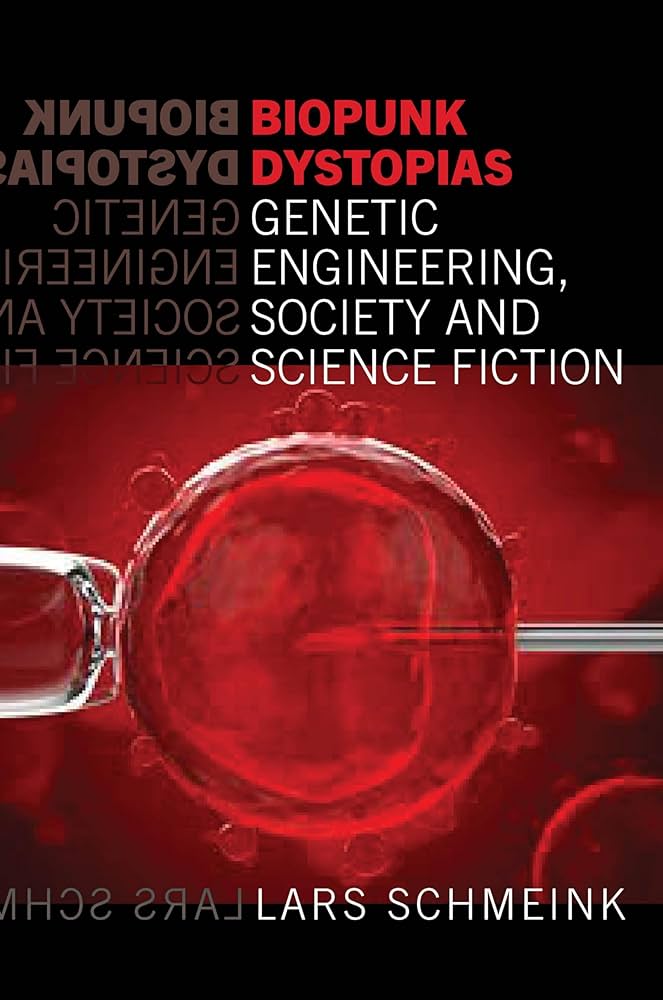Note: If you wish to receive, via e-mail, (1) my weekly newsletter or (2) daily copies of these posts, notify me at [email protected] and indicate which you would like. I promise not to share your e-mail address with anyone. To unsubscribe, send me a follow-up email.
Monday
An Alabama judge ruling that frozen IVF embryos are children is causing acute distress amongst certain Republicans. Those politicians who contend that a fertilized egg should have the same rights as people must now explain to angry constituents why it’s okay to destroy extra embryos. Or for that matter, to engage in a process that will invariably result in the “deaths” of many of these children.
I thought of the Alabama case recently when I was sitting on a dissertation proposal committee. A Bosnian student at the University of Ljubljana wishes to write a dissertation about biopunk fiction and (since we approved her proposal) will be writing on works that grapple with some of the issues raised by the Alabama case. In her proposal Majda noted that, since biotechnology has had such a profound impact upon our lives, biopunk has arisen to mirror and explore the new developments.
Majda says that Biopunk, which emerged during the 1990s,
deals with biotechnology, depicting a futuristic society that misuses biotechnology to gain power and exert control. Biopunk’s futuristic setting discusses genetic engineering and enhancement and shows the consequences of unchecked powers of biotechnology.The definition of what constitutes biopunk is taken further by [German literature professor Lars] Schmeink, who terms it as, “a creative exploration not only of the technoscientific possibilities of further progress in genetics, but also of the environmental and social consequences.”
The biopunk novels that Majda will focus on are Greg Bear’s Blood Music, Jeff VanderMeer’s Borne, Margaret Atwood’s MaddAddam trilogy (Oryx and Crake, The Year of the Flood and MaddAddam), and Paolo Bacigalupi’s The Windup Girl.
To be sure, biopunk has been around (although not with that label) since Mary Shelley’s Frankenstein and even earlier. Indeed the golem figure of Jewish folklore, a creature created from inanimate clay or mud that would rise up and protect the Jewish people, goes back to the Middle Ages. But the acceleration of biotechnology in our own time has increased anxieties about what is human and what is not. Horror fiction often has this anxiety at its core.
To be sure, people often pick and choose which instances of biotechnology they wish to attack and which to let slide. Since many wealthy Republicans have given birth thanks to IVF, Republican politicians are rushing to defend that. Whereas when medical technology determines that a fetus threatens the life of a woman, multiple states are determining that she should just let nature take its course.
Certain people think nature should also take its course with regard to Covid—or they think it should until they actually contract the disease. Anti-vaxxers rail against vaccines although one wonders whether they would be quite so vociferous if their children started contracting measles, polio, smallpox, etc. As it is, they function as free riders on the herd immunity that arises when everyone around them is vaccinated.
But set all that aside for a moment. The best biopunk doesn’t offer facile plots but explores how definitions of “the human” keep changing. Our biological selves are now so bound up with scientific and technological advances that at times it is impossible to separate the two. Majda’s project will extend our understanding of what perceptive authors make of this situation.
